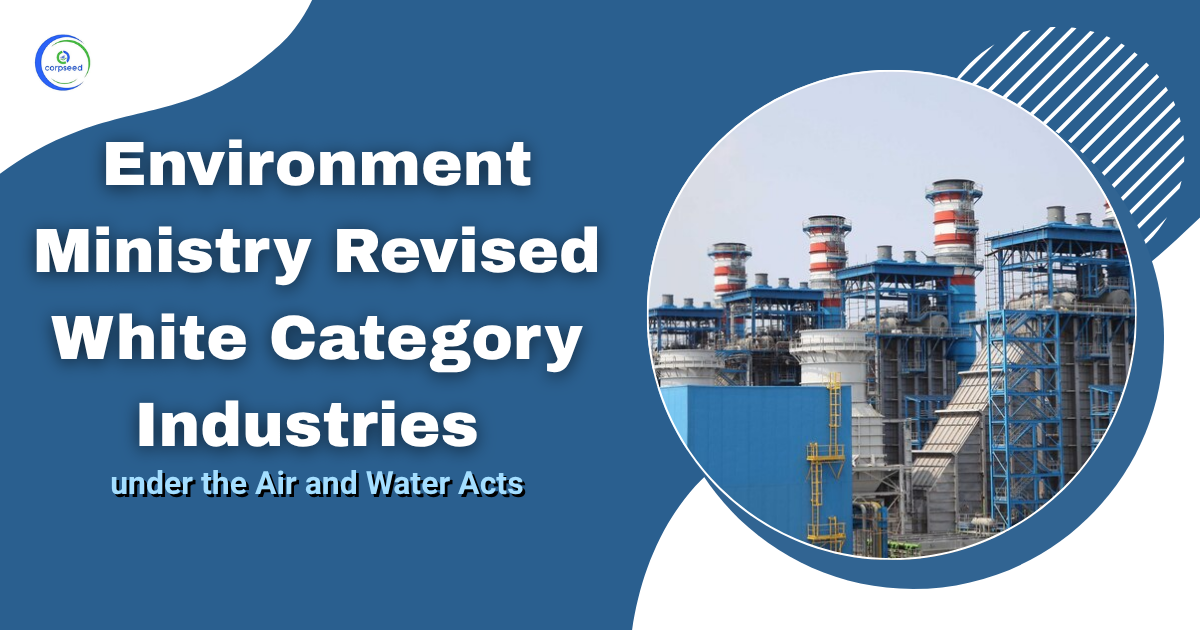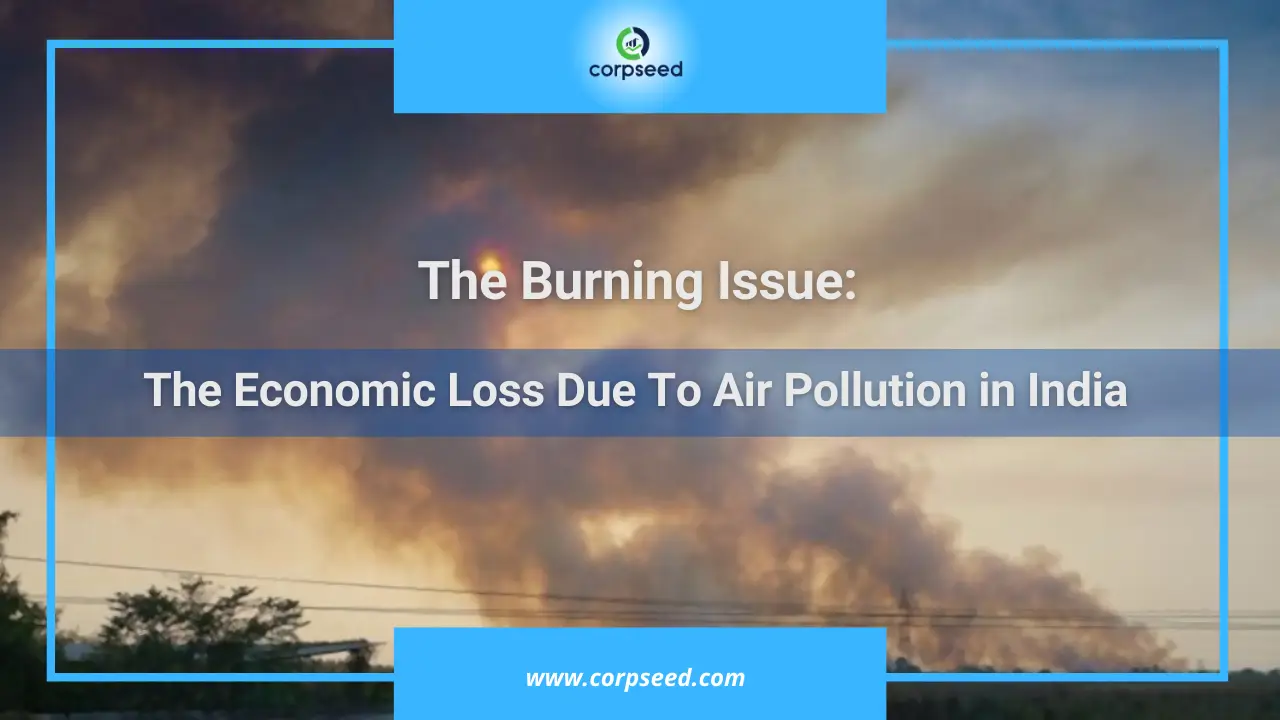To address the growing environmental challenges arising from swift industrialization, the Government of India has enacted numerous legislative and regulatory measures to protect the environment and promote sustainable development. A key step in this direction was the introduction of the Environment (Protection) Amendment Rules, 2015, which updated the original Environment (Protection) Rules of 1986. This amendment indicates the government’s continued commitment to strengthening environmental protection in the industrial sector.
Table of Contents
Key Features of the 2015 Amendment Rules
The 2015 amendment essentially revised Schedule I of the 1986 Acts. This schedule highlights the permissible emissions and discharge standards for numerous industrial activities. A major highlight of the amendment was the introduction of stringent emission standards for thermal power plants (TPPs), a sector known for significant air pollution.
--------------Blog Contact Form-------------
The updated standards relate to pollution of particulate matter (PM), sulfur dioxide (SO2), nitrogen oxides (NOx) and mercury (Hg) based on plant capacity and start date These measures aim to align Indian regulations with global best practices while promoting the adoption of cleaner, more efficient technologies in power generation.
| Sr. No. | Industry | Parameter | Standards |
| “5A. | Thermal Power Plant (Water consumption limit) | Water consumption | I. All plants with Once through Cooling (OTC) shall install Cooling Tower (CT) and achieve specific water consumption upto maximum of 3.5m3 /MWh within a period of two years from the date of publication of this notification. II. All existing CT-based plants reduce specific water consumption upto maximum of 3.5m3 /MWh within a period of two years from the date of publication of this notification. III. New plants to be installed after 1st January, 2017 shall have to meet specific water consumption upto maximum of 2.5 m3 /MWh and achieve zero waste water discharged”; |
(b) for serial number 25, and the entries related thereto, the following serial number and entries shall be substituted, namely:-
| Sr. No. | Industry | Parameter | Standards |
| “25. | Thermal Power Plant | TPPs ( units) installed before 31st December, 2003* | |
| Particulate Matter | 100 mg/Nm3 | ||
| Sulphur Dioxide ( SO2) |
600 mg/Nm3 (Units Smaller than 500MW capacity units) 200 mg/Nm3 (for units having capacity of 500MW and above) |
||
| Oxides of Nitrogen ( NOx) | 600 mg/Nm3 | ||
| Mercury ( Hg) | 0.03 mg/Nm3 (for units having capacity of 500MW and above) | ||
| TPPs ( units) installed after 1st January,2003, upto 31st December, 2016* | |||
| Particulate Matter | 50 mg/Nm3 | ||
| Sulphur Dioxide (SO2) | 600 mg/Nm3 (Units Smaller than 500MW capacity units) 200 mg/Nm3 (for units having capacity of 500MW and above) | ||
| Oxides of Nitrogen ( NOx) | 300 mg/Nm3 | ||
| Mercury ( Hg) | 0.03 mg/Nm3 | ||
| TPPs ( units) to be installed from 1st January, 2017** | |||
| Particulate Matter | 30 mg/Nm3 | ||
| Sulphur Dioxide (SO2) | 100 mg/Nm3 | ||
| Oxides of Nitrogen ( NOx) | 100 mg/Nm3 | ||
| Mercury ( Hg) | 0.03 mg/Nm3 | ||
Why Focus on Thermal Power Plants?
Thermal power plants are a main source of industrial emissions due to their reliance on coal and other fossil fuels. These facilities emit large quantities of SO2, NOx, PM, and CO2, pollutants linked to severe environmental and public health concerns such as:
- Respiratory and cardiovascular illnesses
- Ecosystem degradation due to acid rain
- Accelerated climate change from greenhouse gas emissions
To address these risks, the government introduced stricter standards aimed at:
- Reducing Air Pollution: Stricter standards help enhance air quality by reducing air pollution, particularly in industrial and urban regions.
- Encouraging Cleaner Technologies: Compliance timelines push for adoption of systems like flue gas desulfurization, electrostatic precipitators, and low-NOx burners.
- Meeting Global Commitments: These reforms support India’s climate goals under the Paris Agreement and broader sustainable development targets.
Strengthening Sustainable Power Regulation in India
The Environment (Protection) Amendment Rules, 2015 with a strong focus on curbing emissions from Thermal Power Plants, marks a progressive step in India’s environmental regulatory strategy. To ensure lasting outcomes:
- Government must offer support through incentives, technical guidance, and robust enforcement mechanisms.
- Industry must embrace innovation and invest in sustainable operations.
- Public engagement through awareness and activism can hold stakeholders accountable and support long-term environmental goals.
Conclusion
Environmental protection in India demands dynamic and forward-looking regulatory interventions. The 2015 amendment to the Environment (Protection) Rules, particularly the emission standards of Thermal Power Plants, shows a critical step towards cleaner industrial practices. As India grows economically, it must also sustain its environmental responsibilities.
By promoting appropriate compliance and collaboration between government, industry and civil society, the country can confirm cleaner air, healthier communities, and a more sustainable future for generations to come.
This portion of the site is for informational purposes only. The content is not legal advice. The statements and opinions are the expression of author, not corpseed, and have not been evaluated by corpseed for accuracy, completeness, or changes in the law.
BOOK A FREE CONSULTATION
Get help from an experienced legal adviser. Schedule your consultation at a time that works for you and it's absolutely FREE.








_or_Air_Traffic_Service_Provider_(ATSP)-corpseed.png)
